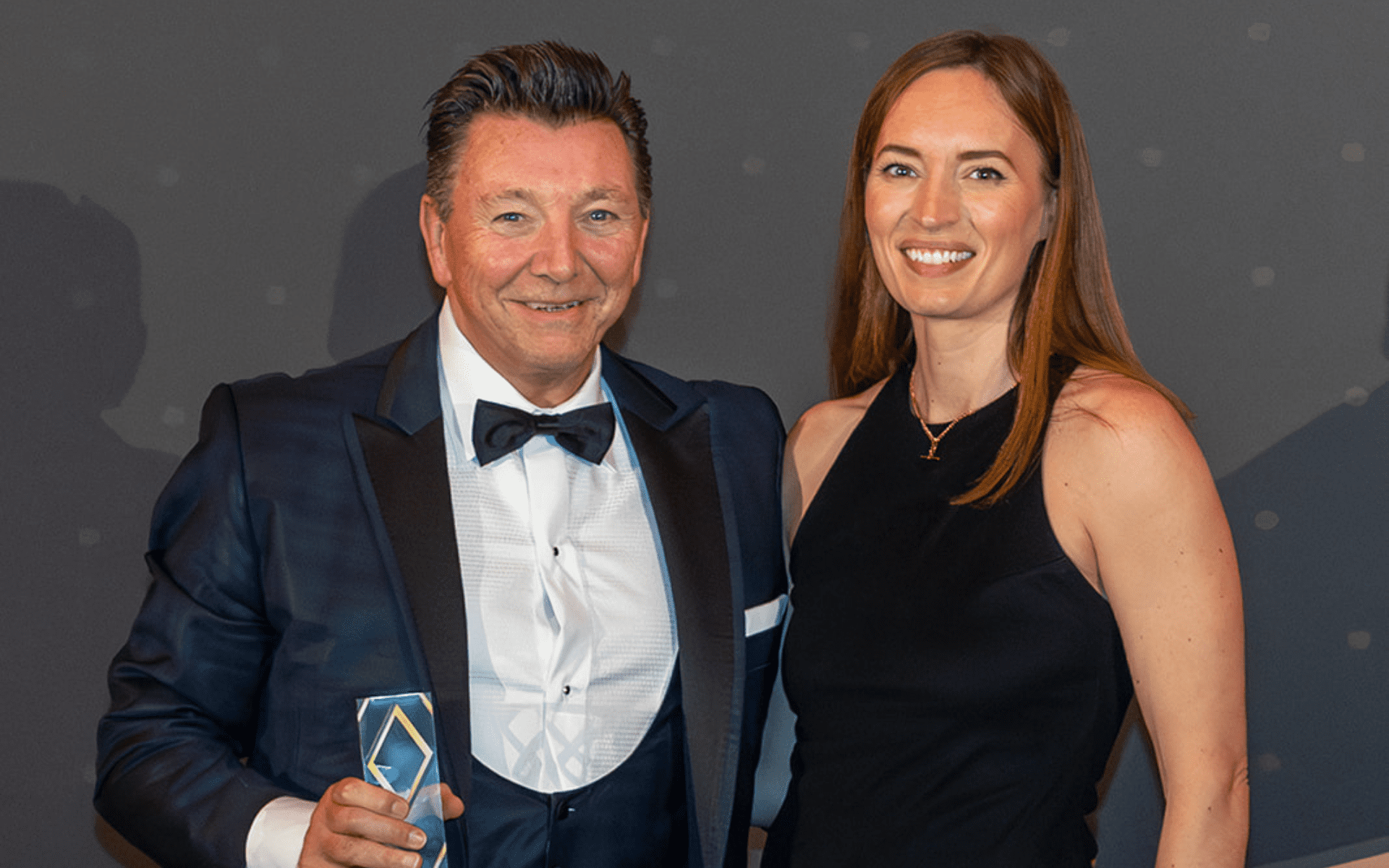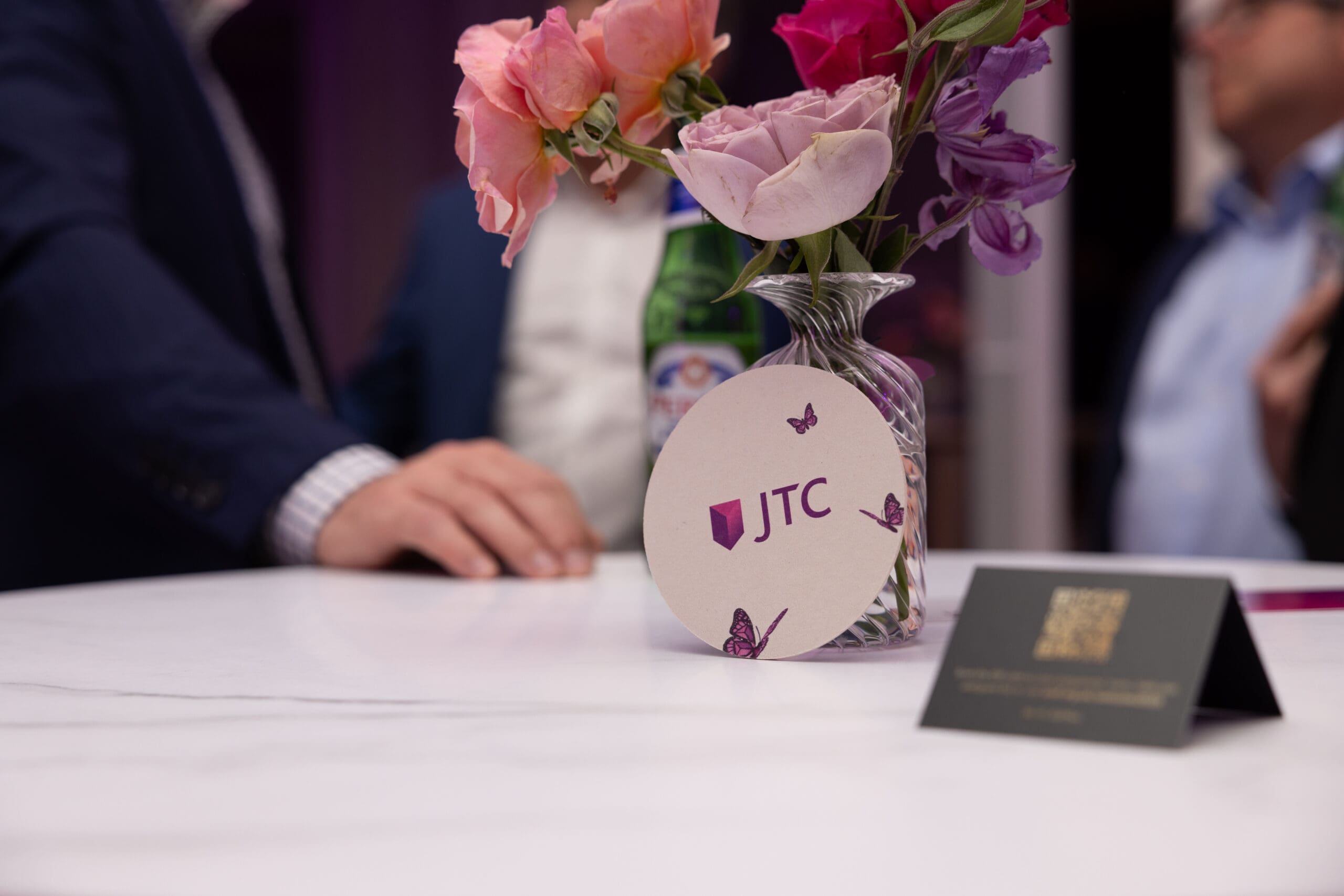It is possible to use some of the sales proceeds from your relinquished property to make improvements to your replacement property, but only in certain situations and by following specific rules.
In a traditional Section 1031 forward exchange, the exchanger sells their relinquished property and the proceeds from that sale are used to acquire a like-kind replacement property. While it’s possible that these properties will be equal in value, there are situations where the value of the replacement property is less than the value of the relinquished property.
In order to fully defer capital gains taxes on the relinquished property sale, the replacement property must be of equal or greater value less any permissible closing costs. That way, the exchanger can use all sales proceeds in the acquisition and replace all debt, thereby avoiding taxable boot.
If the replacement property is valued higher than the relinquished property, the exchanger can add additional capital or debt to make up the difference. But if the relinquished property is worth more, the leftover exchange funds will be given to the exchanger at the end of the exchange and will be taxable. However, there is one situation in which it is possible to use those leftover exchange funds to increase the value of the replacement property.
What is an improvement exchange?
Sometimes known as a construction exchange or a build-to-suit exchange, an improvement exchange is a type of Section 1031 like-kind exchange in which some of the proceeds from the sale of the relinquished property are used to pay for improvements to the replacement property. These improvements can include repairs, remodels, additions to current structures, or ground-up construction.
An easy way to understand this concept is through some simple examples:
Example 1: Let’s say your relinquished property has a value of $1.5 million. In a standard exchange, you would need to find a property (or group of properties) valued at least $1.5 million to avoid a boot. But instead, you find a $1 million warehouse space that you wish to convert into a multifamily rental building. You spend $500,000 of the sales proceeds on these improvements, which are added to the assessed value of the replacement property to allow you to take advantage of your full tax deferral benefits under Section 1031.
Example 2: You’ve sold your relinquished property valued at $1.5 million and wish to acquire farmland valued at $1.5 million, but some of the property being acquired is not like-kind because it isn’t real property (equipment, livestock, etc.), so even though you plan to utilize the full amount of your sales proceeds, it may not all be eligible for tax deferral. To solve this problem, you use $500,000 of the sales proceeds to construct a new building on the land, and add $500,000 in cash or debt to acquire the non-real property. You’re now able to defer taxes on the full $1.5 million because all of it was used to acquire like-kind real property.
As long as your improvement exchange is structured correctly in accordance with Revenue Procedure 2000-37 and you complete construction by the exchange deadline, you can maximize tax deferral while making improvements that will increase the utility and value of your newly-acquired property.
Benefits of a construction exchange
One situation in which a build-to-suit exchange can be particularly beneficial is when the replacement property requires significant renovations to be commercially viable. For example, let’s say your replacement property is a multifamily building that needs upgrades in order to attract tenants at a higher rental rate. Instead of waiting to make these changes, you can do so during the exchange while also maximizing your tax deferral strategy.
An improvement exchange lets you use tax-free dollars to make improvements you might need to make anyway in the future, adding value to your investment right away. A build-to-suit exchange also adds flexibility by allowing exchangers to consider a wider range of replacement properties. While you may not be able to find the perfect replacement property, a construction exchange allows you to create the perfect replacement property for yourself.
Rules for an improvement exchange
The most important thing to understand about an improvement exchange is that it is governed by the same rules as any other 1031 exchange, including the 180-day timeline. If your planned improvements can’t be completed within 180 days of the closing date for the sale of the relinquished property, they won’t work for an improvement exchange.
One wrinkle of the exchange timeline for improvement exchanges is that once you receive title to your replacement property and take receipt of the leftover exchange funds, the exchange is over, regardless of whether or not you still have time before Day 180 or how far along you are in the construction process. If you complete your exchange before construction is done, the funds not yet used for construction will be taxable.
Other rules that are the same for improvement exchanges are the 45-day identification deadline and associated identification procedures. Although you will likely already be making your planned improvements by Day 45, because you have not yet taken title of the replacement property, you still have to identify it as you would in any other exchange. Your identification notice must include details of the improvements that you plan to make to the property and any structures you plan to build.
If you want to fully defer taxes from the sale of the relinquished property, then the value of the replacement property after all improvements are made must be the same or greater than the value of the relinquished property. You can also make improvements in excess of the difference in value between the relinquished and replacement properties. As in Example 2 above, it’s possible to add additional cash or loans to complete the desired construction.
Much like in a reverse exchange, the process for a construction exchange requires an Exchange Accommodation Titleholder (EAT) to comply with safe harbor regulations. JTC has capabilities to act as EAT and Qualified Intermediary (QI) for your exchange. As QI, JTC can take receipt of exchange funds and hold them in a qualified escrow or qualified trust account until they are used to acquire the replacement property.
As EAT, JTC will set up a single-member LLC that can take title to the replacement property during the construction period between when the replacement property is acquired and when title is turned over to the exchanger. All contracts for construction will be assigned to the titleholder, in this case the single-member LLC. This includes any mortgage or construction loan as necessary.
The single-member LLC must be created in compliance with IRS safe harbor regulations. For more information on how this process works, read our Reverse Exchange Guide.
As QI, JTC will oversee disbursement of exchange funds for the completion of improvements, distributing them directly to any contractors working on the project. The improvements themselves are still the responsibility of the exchanger, who will manage construction and authorize any disbursements made during the exchange period. At the completion of the exchange, the LLC, title, and any leftover exchange funds are turned over to the exchanger.
It is also possible to perform a reverse improvement exchange, in which the replacement property is acquired before the relinquished property is sold. This allows the exchanger to commence construction before having found a buyer for the relinquished property, but requires combining two of the more complex types of 1031 exchange and involves complicated issues regarding additional funds or loans for construction costs.
Risks of build-to-suit exchanges
The biggest drawback of a build-to-suit arrangement is time. The 180-day deadline is the same for a construction exchange as it is for any other type of 1031 exchange, meaning you only have until Day 180 to make the desired improvements. The replacement property can be acquired at any point in the process, but regardless of whether construction begins on Day 2 or Day 179, all improvements must be completed by Day 180.
Labor and materials are not considered real property, so purchasing building materials (which are personal property) in advance and pre-paying for labor would not qualify for tax deferral. Any part of the construction that is not completed by Day 180, even if it has been paid for, would not qualify, and the exchange funds used for those uncompleted aspects would be taxable as an exchange boot.
Another reason exchangers shouldn’t rush into a construction exchange is complexity. This type of transaction is much more complex than a standard forward exchange, involving greater cost and more steps to complete. In addition, depending on the level of improvements that need to be made, additional financing may be required, adding another layer of complexity. And if you’re performing a reverse improvement exchange, there are even more steps that need to be taken. To get it done right, you need the right help.
How to execute an improvement exchange without violating 1031 rules
There are several ways a construction exchange can go wrong. If the exchanger takes receipt of the sales proceeds from the relinquished property before the exchange is complete, those funds would be subject to taxation. If the exchanger takes title to the replacement property early or the entity created by the EAT is improperly structured, the exchange could be completed before improvements have been made, resulting in a boot. If exchange funds are not tracked so as to prove that they were released only to pay for permissible construction expenses, the exchange may be deemed invalid. The list goes on.
To perform a 1031 exchange, you need a Qualified Intermediary, a third party that can hold sales proceeds from the relinquished property during the exchange so the exchanger doesn’t take constructive receipt of funds.
JTC’s 1031 exchange team has decades of experience with exchanges of all sizes, including specific expertise in less-common scenarios like improvement exchanges. If you have a complicated exchange, we can work with you to provide the exact services you need. That includes setting up a single-member LLC and acting as EAT for an improvement exchange with a parking arrangement that aligns with Section 1031 safe harbor rules.
We’ve also pioneered 1031 best practices so exchange funds are kept in individual accounts and no disbursements are made without dual authorization by the exchanger and JTC. And with our Exchange Manager online portal, you’ll be able to view the status of your funds 24/7 from anywhere in the world. No matter what your investment ambitions may be, JTC can help you execute the 1031 exchange that’s right for your situation.
Stay Connected
Stay up to date with expert insights, latest updates and exclusive content.
Discover more
Stay informed with JTC’s latest news, reports, thought leadership, and industry insights.
Let’s Bring Your Vision to Life
From 2,300 employee owners to 14,000+ clients, our journey is marked by stability and success.



















